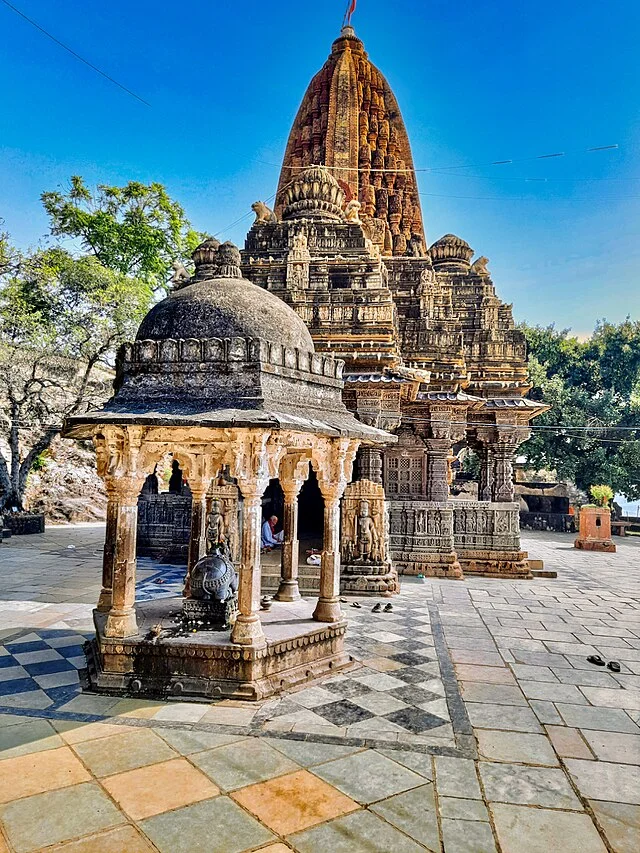Siddhanath Temple, an architectural gem, stands as a significant historical and religious site in India. Dedicated to Lord Shiva, this temple is located in the state of Maharashtra, specifically in the town of Patan, Satara district. Constructed during the 12th century AD under the Yadava dynasty, the temple exemplifies the architectural style and religious devotion of that era.
Get your dose of History via Email
Historical Context of the Siddhanath Temple
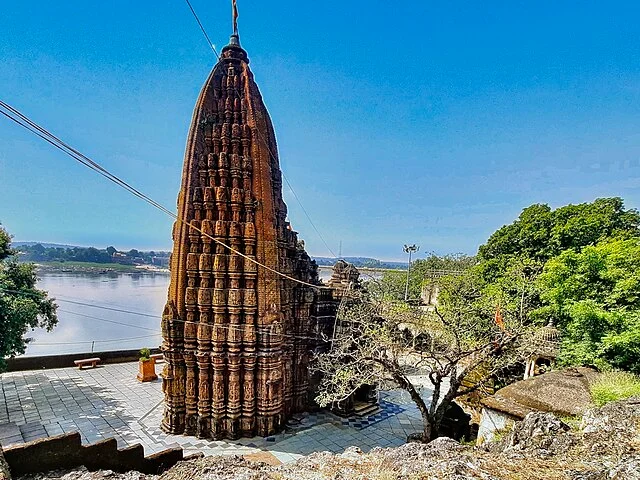
Siddhanath Temple’s origins trace back to the Yadava period (c. 1175-1318 AD), an era when the Yadava dynasty ruled large parts of the Deccan Plateau. The dynasty’s rulers were fervent patrons of Hindu temples, which allowed for the construction of impressive religious structures like Siddhanath Temple. Yadava architecture was heavily influenced by the Chalukya and Hoysala styles, known for intricate detailing, robust construction, and artistic expression.
The temple was likely built during the reign of King Singhana II (r. 1200-1247 AD), one of the most prominent Yadava rulers. His rule marked a period of extensive architectural and cultural activity, especially in the development of temples dedicated to various deities in the Hindu pantheon, with Lord Shiva being a popular deity in the region.
Architectural Features of Siddhanath Temple
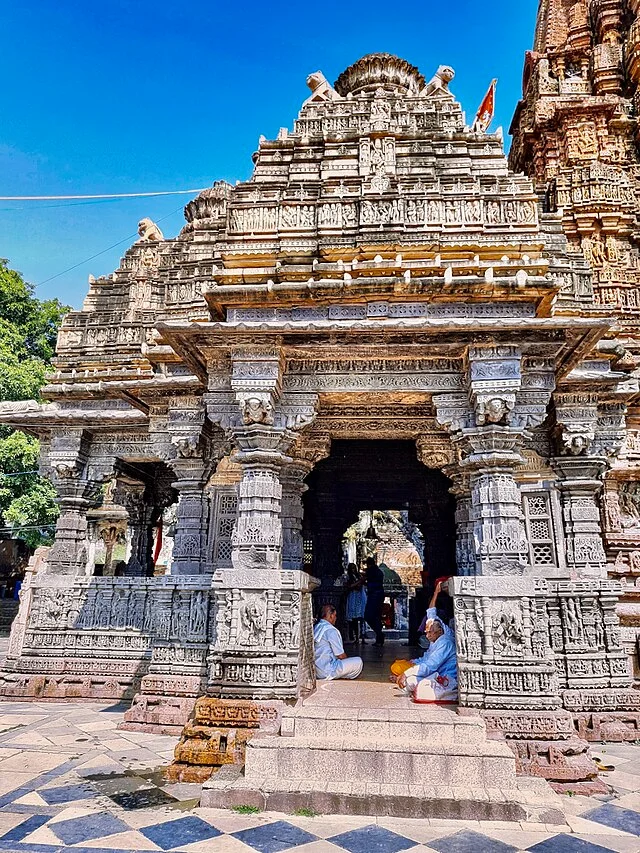
The Siddhanath Temple displays a traditional Hindu architectural layout with a few unique aspects that distinguish it from other temples. Built primarily of locally sourced stone, the temple features a raised plinth and a sanctum sanctorum (garbhagriha), housing the Shiva linga, a symbolic representation of Lord Shiva.
1. Exterior Design
The temple’s exterior walls feature intricate carvings that depict various Hindu deities, mythological scenes, and floral motifs. These carvings reflect the artisans’ skilled craftsmanship and the Yadava dynasty’s artistic standards. A notable aspect of the temple’s decoration is the depiction of scenes from Hindu epics, such as the Mahabharata and Ramayana, providing insight into the era’s religious beliefs and cultural practices.
One of the unique elements of the temple is the large Nandi (bull), Lord Shiva’s vehicle, carved from stone and situated directly outside the sanctum. This Nandi sculpture, meticulously crafted, is a central feature, symbolizing devotion to Shiva and marking the temple as a Shiva shrine.
2. Interior Layout
The inner sanctum is relatively simple yet sacred. It houses the Shiva linga, which is the primary object of worship. Surrounding the garbhagriha are smaller niches and shrines, each dedicated to other Hindu gods and goddesses, following the traditional layout of many Hindu temples. These smaller shrines within the main structure emphasize the religious plurality of the temple, highlighting its importance as a religious and cultural hub during the Yadava period.
Cultural and Religious Significance
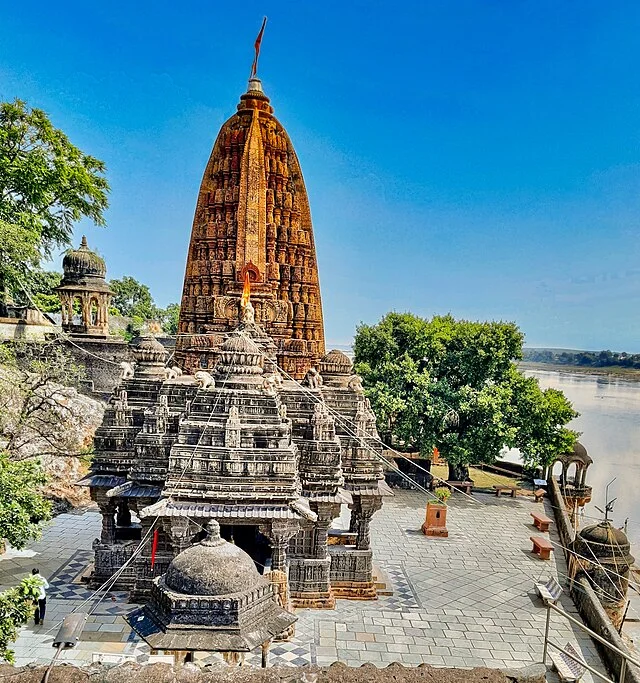
Siddhanath Temple has held religious importance since its inception, serving as a major pilgrimage site for devotees of Lord Shiva. Pilgrims continue to visit, especially during Maha Shivaratri, a festival dedicated to Shiva. The temple’s sustained religious significance reflects the deep-rooted spiritual traditions within the region.
The temple also showcases the blending of religious art and architecture that characterized the Yadava period. Its carvings and layout align with the principles of Vastu Shastra, an ancient Indian science of architecture and design, which emphasizes harmony with nature and divine forces.
Preservation and Current Status
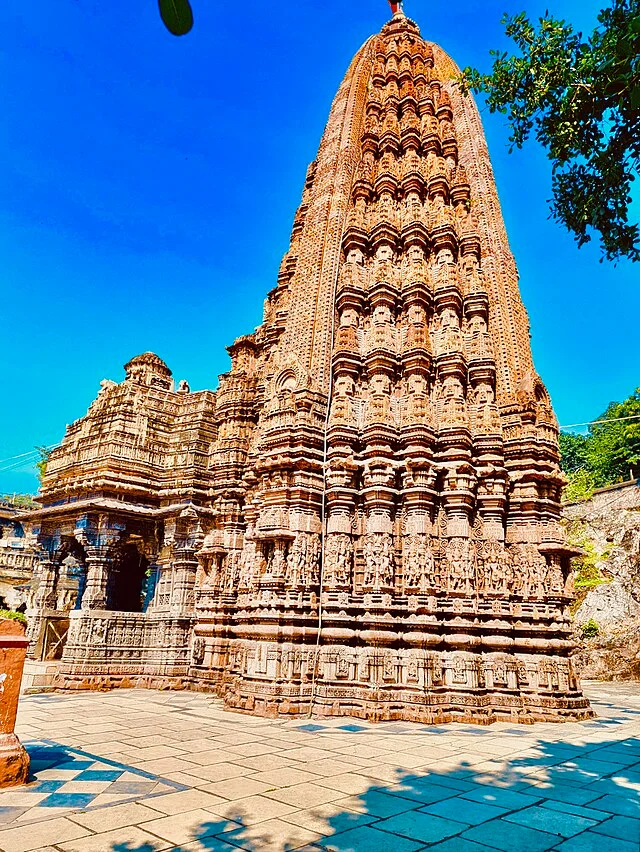
Over the centuries, Siddhanath Temple has faced weathering and damage, yet it remains a well-preserved example of Yadava architecture. Local authorities and heritage organizations have taken steps to maintain the temple, allowing it to retain much of its original structural integrity.
Efforts to preserve the temple involve regular maintenance and protection of its stone carvings. Conservationists focus on preserving the temple’s unique artwork, which provides valuable information about medieval Deccan culture, art, and religious practices.
Conclusion
Siddhanath Temple stands as a testament to the Yadava dynasty’s architectural achievements and religious devotion. With its detailed carvings, devotion to Lord Shiva, and historical significance, the temple remains a valuable heritage site. Its enduring architecture and cultural relevance provide insight into the religious life and artistic expression of 12th-century India.
Source:

